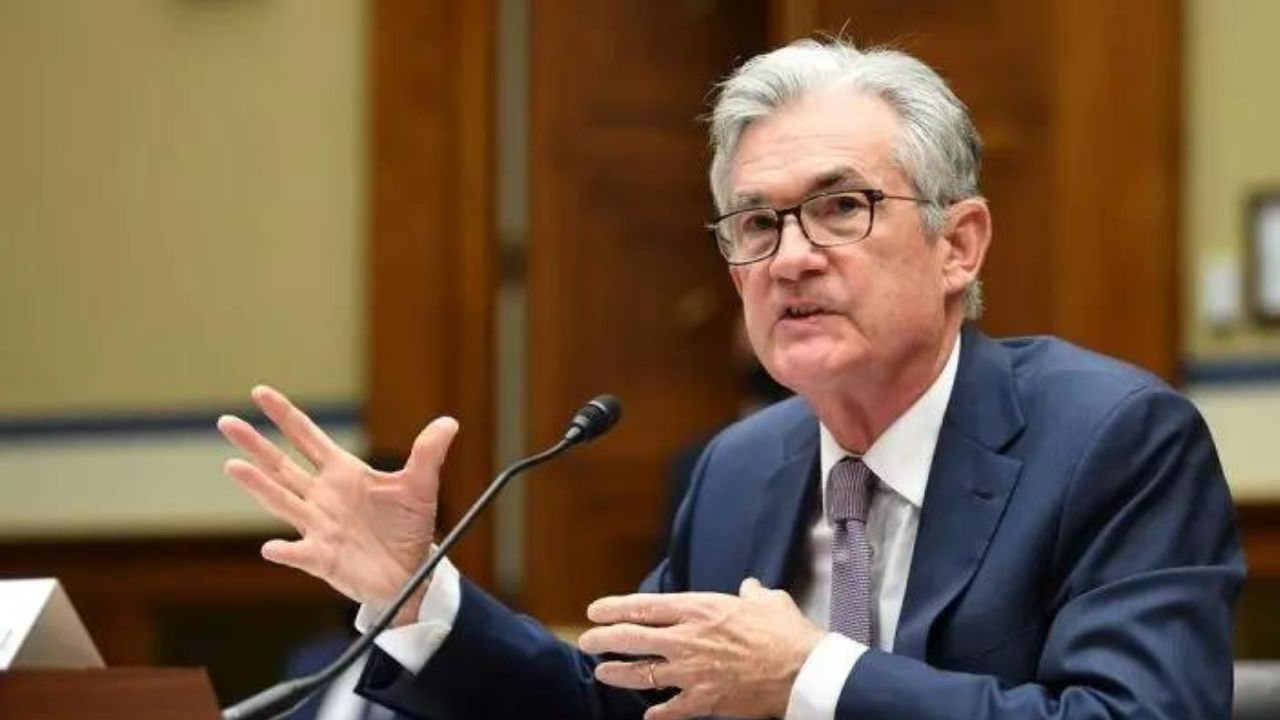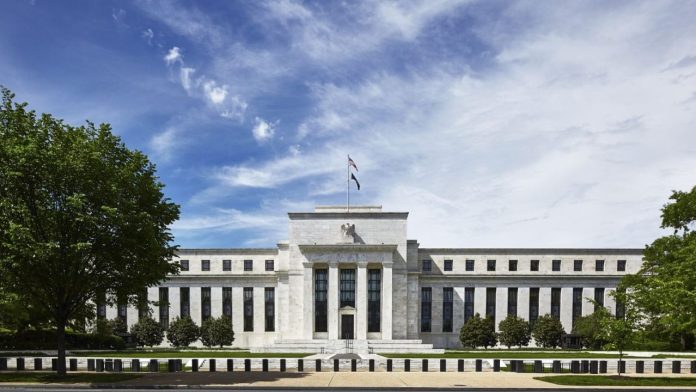The U.S. Federal Reserve maintained its benchmark interest rate within the 5.25% to 5.5% range at its March meeting, signalling intentions to implement three quarter-point interest rate cuts by the end of 2024.
However, policymakers remain cautious, awaiting further data to confirm a return of inflation to their 2% target.
Inflation and Employment
In February, the personal consumption expenditures (PCE) price index rose by 2.5% annually, slightly up from January’s 2.4%. Core inflation, excluding volatile food and energy prices, saw a modest decline to 2.8%.

Similarly, the Consumer Price Index (CPI) recorded a year-on-year increase of 3.2% in February, with the core rate standing at 3.8%. Rising gasoline and shelter costs contributed significantly to the CPI increase, raising concerns about sustained inflationary pressures.
In terms of employment, U.S. firms added a robust 275,000 jobs in February, though previous months’ gains were revised lower by 167,000.
The unemployment rate reached a two-year high of 3.9%, with wage growth easing to 0.1% monthly and 4.3% annually. Despite strong job growth, persistent wage increases above the Fed’s target range add complexity to the inflation outlook.
Labour Market Dynamics and Retail Sales
Fed Chair Jerome Powell monitors the Job Openings and Labor Turnover Survey (JOLTS) closely for insights into labour supply-demand dynamics.

The job openings-to-labor-force ratio has stalled at above pre-pandemic levels, indicating a persistent imbalance. Meanwhile, retail sales fell by 0.8% in January, reflecting declines in auto dealership and gasoline station receipts.
This decline may signal a slowdown in economic growth, potentially influenced by aggressive rate hikes aimed at curbing demand for goods and services.
